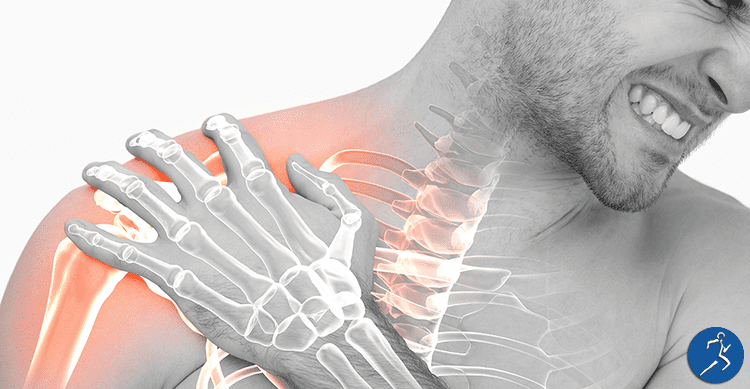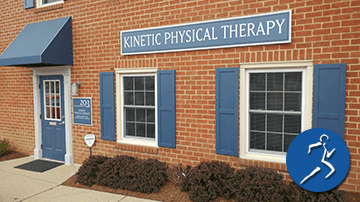If you have been experiencing pain or weakness in your shoulder, it is likely you may have a rotator cuff injury. According to the American Academy of Orthopaedic Surgeons (AAOS), rotator cuff issues are the most common cause of pain and disability among adults. AAOS estimates that over 2 million people in the United States are treated for this common type of problem. Furthermore, the odds increase as you age. What are the rotator cuff tear symptoms and treatments? Luckily, there is a standard of diagnosis and treatment regarding this type of injury. Here is a step-by-step guide.
Step 1: Determine Type of Injury
There are two classifications of rotator cuff tears Partial and full-thickness tear. In a partial tear, the tendons are damages, but not completely severed. Conversely, with a full-thickness tear, you would have experienced a complete separation of the tendon from the bone.
Additionally, there are two main causes of rotator cuff injuries:
Acute Tear
This type of injury is categorized as a sudden onset trauma. For instance, if you fall on an outstretched arm, or lift a heavy object with a jerking motion. You may also experience a compounded injury in addition to the tear, such as a broken collarbone or dislocated shoulder.
Degenerative Tear
If you have not experienced sudden trauma, but over time your shoulder has weakened, that is a degenerative tear. Some common characteristics are:
- Some tears occur naturally as we age.
- Common in your dominant arm.
- Strangely, while you may feel pain in one shoulder, your tear may actually be in the opposite shoulder and is likely due to overcompensation.
Step Two: Analyze the Cause of the Injury
If you have suffered an acute rotator cuff tear, it is important to report as many of the details regarding the incident as possible. That way, the doctor understands the full nature of the injury. A Degenerative tear is a bit trickier to analyze. There are many causes including
Repetitive Stress
Repeated shoulder motions, such as at work, or routine chores, will stress your rotator cuff muscles and tendons.
Sports Specific Stress
Participation in sports such as baseball, tennis, rowing, and weightlifting put you at risk for overuse tears.
Lack of blood supply
Over time, the blood supply in our rotator cuff tendons decreases, hindering the body’s natural ability to repair itself, ultimately leading to a tear.
Bone spurs
As we age, we commonly develop bone spurs (bone overgrowth) under our shoulder bones. Then, when we lift our arms, these bones rub together causing shoulder impingement. Through time it causes the tendons to weaken and eventually tear.
Step 3: Proper Diagnosis and Treatment
Once your doctor gathers all the information regarding your injury, he may order imaging testing such as an x-ray or an MRI. These tests provide the best feedback regarding the nature of your injury, thus assisting in creating the best treatment strategy.
Whether or not you have surgery is probably one of the biggest patient concerns. Interestingly, according to the AAOS, there is no real medical evidence to suggest that you will experience better results from surgery that is performed immediately after the injury versus at a later date. Hence, physical therapy and other nonsurgical treatments are usually the first courses of action. And, what’s more, up to 80 percent of patients experience relief and improved function using nonsurgical treatment. Along with rest and anti-inflammatory medications, physical therapy involving strengthening exercise results in successful recovery.
Step 4: Don’t Wait!
The best thing you can do as soon as you experience shoulder pain is to have it checked out. As reported by the The National Center for Biotechnology Information (NCBI), degenerative rotator cuff tears tend to occur in patients over 50 years old, and often have no history of trauma. What’s more, if the condition goes untreated, the shoulder increasingly becomes weakened. Therefore affecting such daily activities like combing your hair and getting dressed.
Step Five: Seek Treatment
Physical therapy is one of the best methods for addressing rotator cuff injury. Healing through movement and strengthening has proven effective time and again. The therapists at Kinetic PT believe in a holistic approach to recovery. We vow to work with you to create consistency in care and an individualized treatment program for your rotator cuff tear. Contact us today, to see and feel the difference!




Leave a Reply
You must be logged in to post a comment.